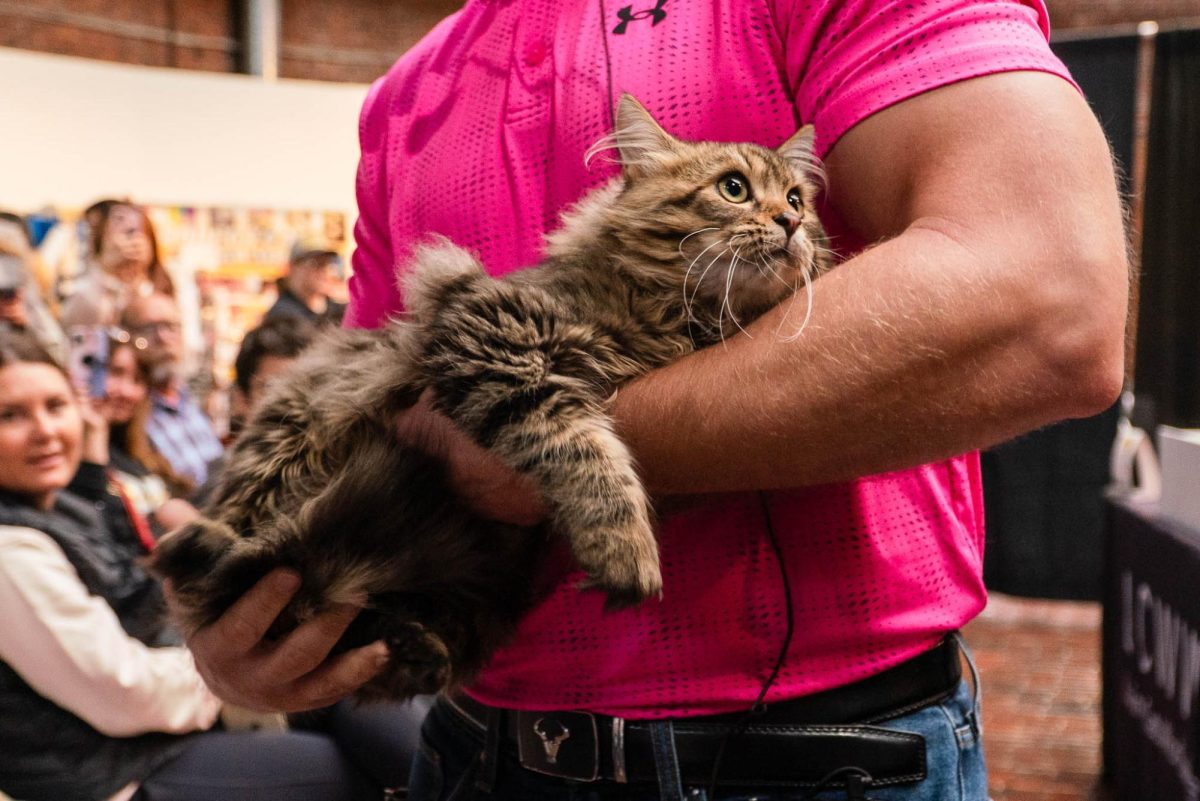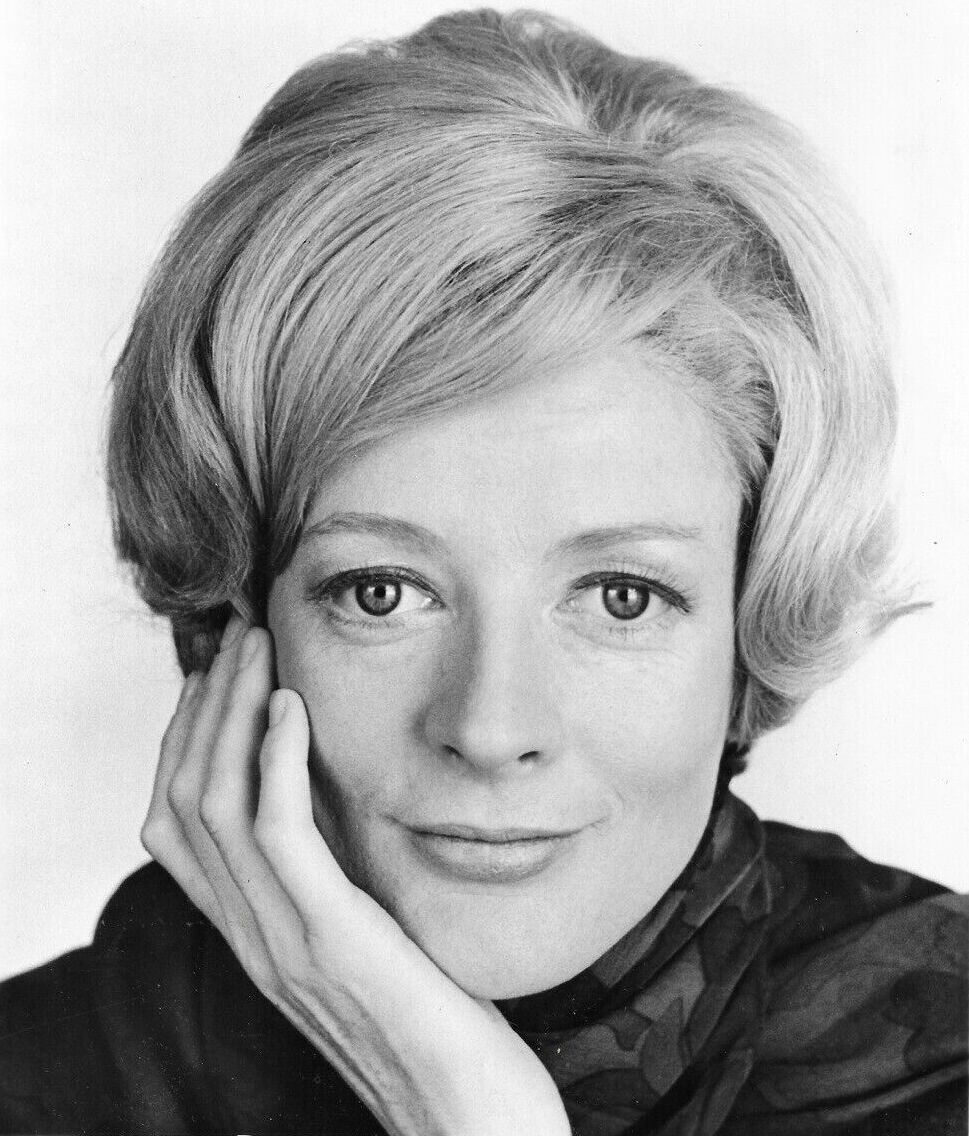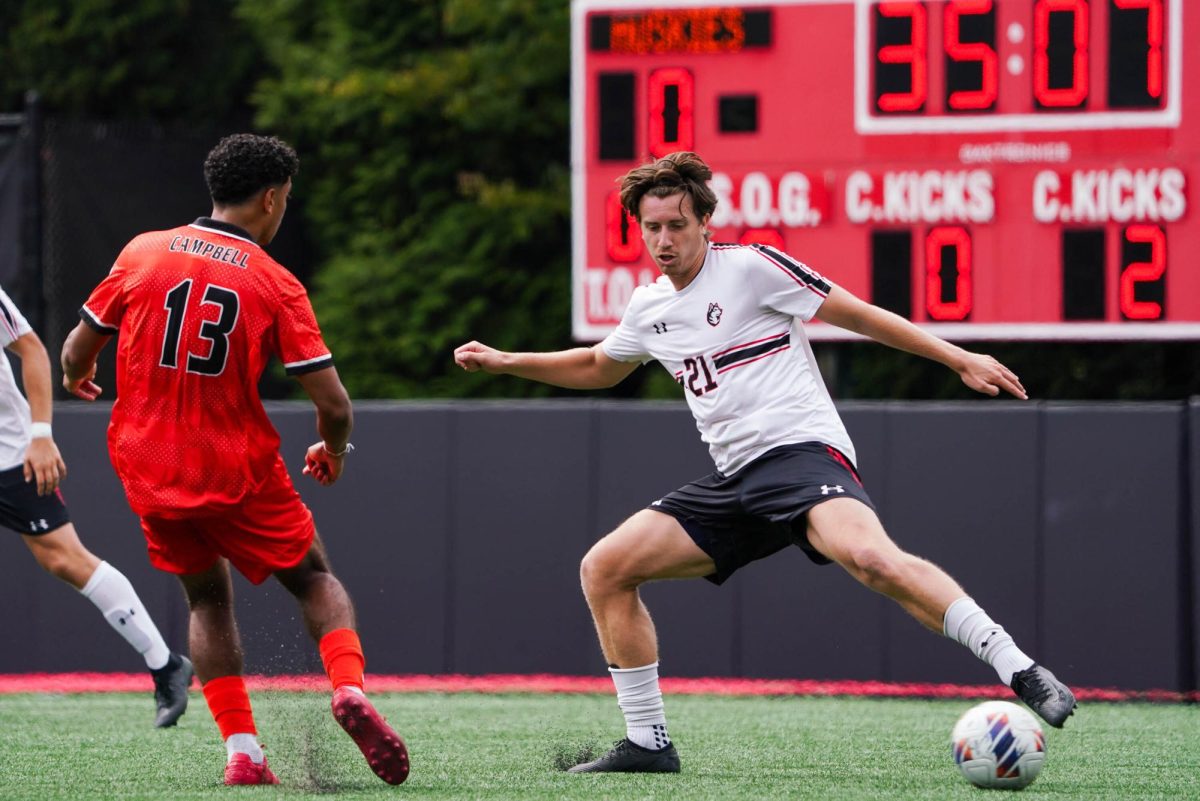Review: Netflix’s ‘Bridgerton’ features diverse cast but misses the mark
“Shonda Rhimes” by Peabody Awards is licensed under CC BY 2.0 Shonda Rhimes is the creator of “Bridgerton” along with other popular shows like “Grey’s Anatomy” and “How to Get Away with Murder.”
January 26, 2021
Dearest Reader, the ton is abuzz with the start of the newest season.
Season one of “Bridgerton,” that is. After all, as Lady Whistledown says, “An appreciation of the arts is what lifts us beyond mere animals. It stirs the passions and moves the spirits.”
Netflix’s latest original, produced by Shonda Rhimes, has quickly risen to popularity since its Dec. 25 release, becoming the platform’s No. 1 show in 76 countries.
Rhimes is known for including diverse casts in her works, such as “Grey’s Anatomy,” “Scandal” and “How to Get Away with Murder.” “Bridgerton” is no different. The show features Black actress Golda Rosheuvel as Queen Charlotte of England. The characters of Lady Danbury, the Duke of Hastings, Madame Delacroix, Marina Thompson and the Mondrich family are all portrayed by Black actors as well.
While these casting choices place “Bridgerton” in opposition to dramas set in similar periods, such as “Downton Abbey” and “Victoria,” the decision has created more opportunities for actors of color. These advancements for non-white actors are essential to both society today and the progress of the television industry as a whole. Rhimes and showrunner Chris Van Dusen are opening doors for Black actors and other actors of color to no longer be limited to demeaning servant or slave roles in period pieces.
That being said, “Bridgerton” should not be considered groundbreaking. It’s obvious that this was not intended to be a show providing racial commentary, as it is a drama at its core, but much more could have been done to acknowledge the cast’s diversity.
There are ways to note the harder social issues without detracting from the delight of the social gatherings, and frankly, this imbalance causes Rhimes and showrunner Chris Van Dusen to miss out on an incredible opportunity to advance actors of color and spark a much needed conversation about race.
Though it boasts a diverse cast, race is never acknowledged by any of the white characters. Even on the rare occasions it is noted, it is highlighted as something that can only be a source of unity. The divisions that race undoubtedly causes are never mentioned.
In episode four, “An Affair of Honor,” Lady Danbury (Adjoa Andoh) tells the Duke of Hastings (Regé-Jean Page), “We were two separate societies, divided by color, until a king fell in love with one of us. Love, your grace, conquers all.”
The marriage of King George III and Queen Charlotte was not a “love match,” a term often used by members of London’s high society in the show, it was an arrangement that spanned no more than a few days before the wedding took place. With this in mind, Lady Danbury’s line seems to be a weak attempt to address race.
While it is likely accurate that white people, especially those in the upper class, would never discuss race during the 19th century, the lack of their discussion simply perpetuates racism and color-blindness. Historical accuracy is less important than the vital message that must be portrayed. It is implied that these characters do not see color, but being color-blind is simply an extension of racism.
Anti-racist work is essential to 21st century society, and an American production such as “Bridgerton,” especially one helmed by Rhimes, who is no stranger to including controversial storylines in her work, should be encouraging that narrative.
A redeeming quality of the aforementioned scene between the Duke and Lady Danbury is the Duke’s response to her comment. He critiques her statement, responding, “I believe that remains to be seen.”
The scene itself is quite heartwarming, emphasizing the motherly relationship that Lady Danbury has with the Duke. Though upon further examination, it is one of the only times race is discussed in the show. The touching moment is overshadowed by the realization that the script leaves much left unsaid.
In addition, the only Black character whose backstory is discussed is the Duke, yet there is immense information about the white Featherington family, and even some of the more minor Bridgerton children, who are all white. Lady Danbury, Madame Delacroix and Will Mondrich are arguably some of the most complex and layered individuals in the show, yet viewers receive little to no exposition on their lives, and how they came to be where they are when they’re first introduced.
The lack of racial discourse amongst the white characters on the show is upsetting, though arguably historically accurate. It begs the question: Why, then, is feminism so heavily featured?
Eloise Bridgerton (Claudia Jessie), the younger sister of main character Daphne (Phoebe Dynevor), is a rambunctious teen entirely opposed to the prospect of women living only for marriage. It is incredibly likely that this was the sentiment of many 19th century women and girls. However, the show takes it a step further when Daphne confronts her brother Antony (Jonathan Bailey) about being unable to have a say in her matchmaking process.
Multiple scenes feature Eloise and her distaste for contemporary London society, in addition to the typically proper Daphne speaking out against her brothers’ and mother’s decisions and opinions. While these feelings are likely accurate, their portrayal is not.
This is not to understate the importance of feminism in any way, but the overbearing focus on feminism in comparison to the lack of discourse on race is appalling, especially from Rhimes and a show that is seen to be so progressive.
There is no doubt that “Bridgerton” is an entertaining watch. There’s clearly a reason it’s still No. 3 on Netflix over a month after its release. These facts, however, must not deter viewers from noting and acknowledging the truth that lies beneath the classical covers of pop songs, pretty dresses and societal scandals: Just because Black actors are included in the cast does not mean that this show is making significant anti-racist strides.
None of this is to say that viewers should be discouraged from watching the show, rather, they should use it to formulate a discussion on the topic of race. Though “Bridgerton” has its shortcomings, it is undeniable that the courtship between viewers and the drama should most definitely be deemed a love match.







